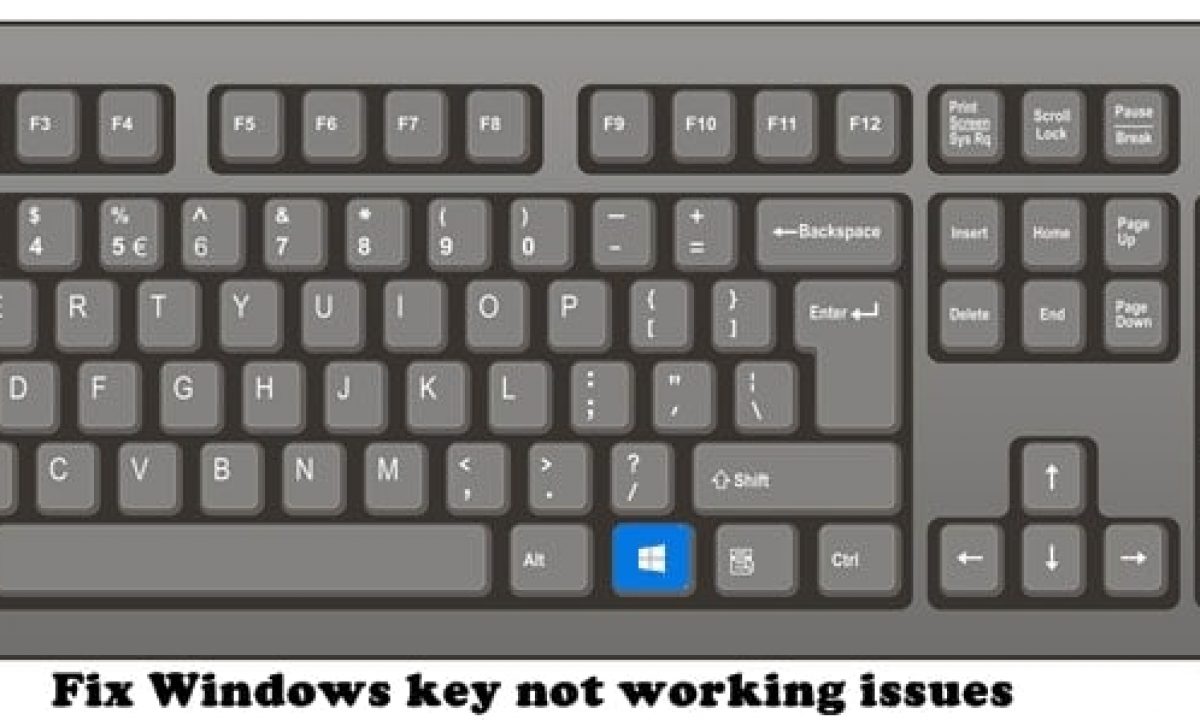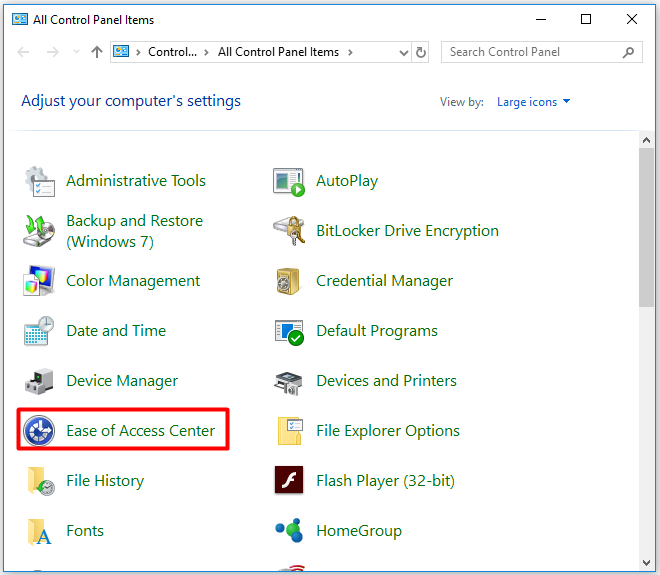


It's to de-select some selected text, or to close the search bar I'd invoked by hitting CTRL-F, or whatever. Having the note closed without so much as a warning is always so jarring, I could never remember the reason I'd hit ESC in the first place. I couldn't figure out why I kept *instinctively* hitting ESC. For more information, see General Shortcut Keys for Applications. To be consistent with other Windows-based applications, it is recommended that you map shortcut keys in a similar way.

This section introduces a series of shortcut keys that are used in Windows. #atg_keyboardshortcuts_windows_shortcut_keysĪs noted in the Designing the Keyboard UI section, it is important for applications to be consistent with other applications when using shortcut keys. For the well-known shortcut keys used by Windows programs, see Windows Keyboard Shortcut Keys. Because they are memorized, inconsistent meanings for well-known shortcuts are frustrating and error prone. The Escape key should only be used to stop or cancel a task.įrom the Microsoft Windows UX Design Guidelines:ĭon't assign different meanings to well-known shortcut keys. The only shortcut keys that make sense are ALT+F4 and CTRL+F4. This behavior is unexpected - no other windows application I know of uses the Escape key to close a window. In Evernote for Windows 5, if I press the Escape key when a note is open in its own window, the note window is closed.


 0 kommentar(er)
0 kommentar(er)
